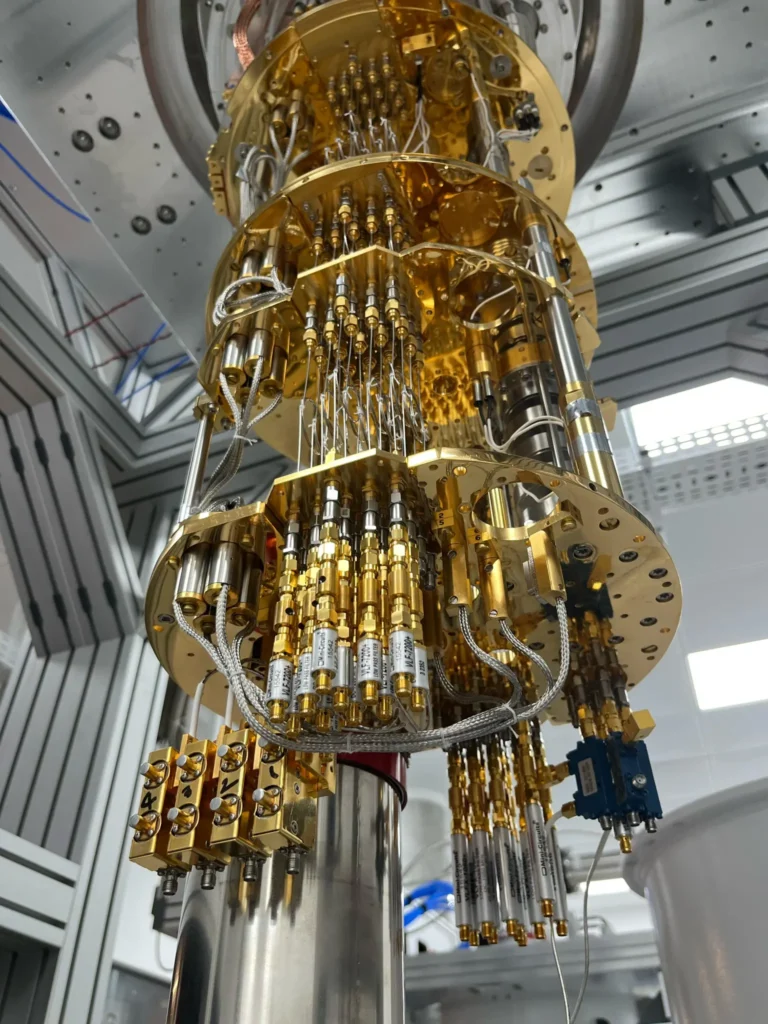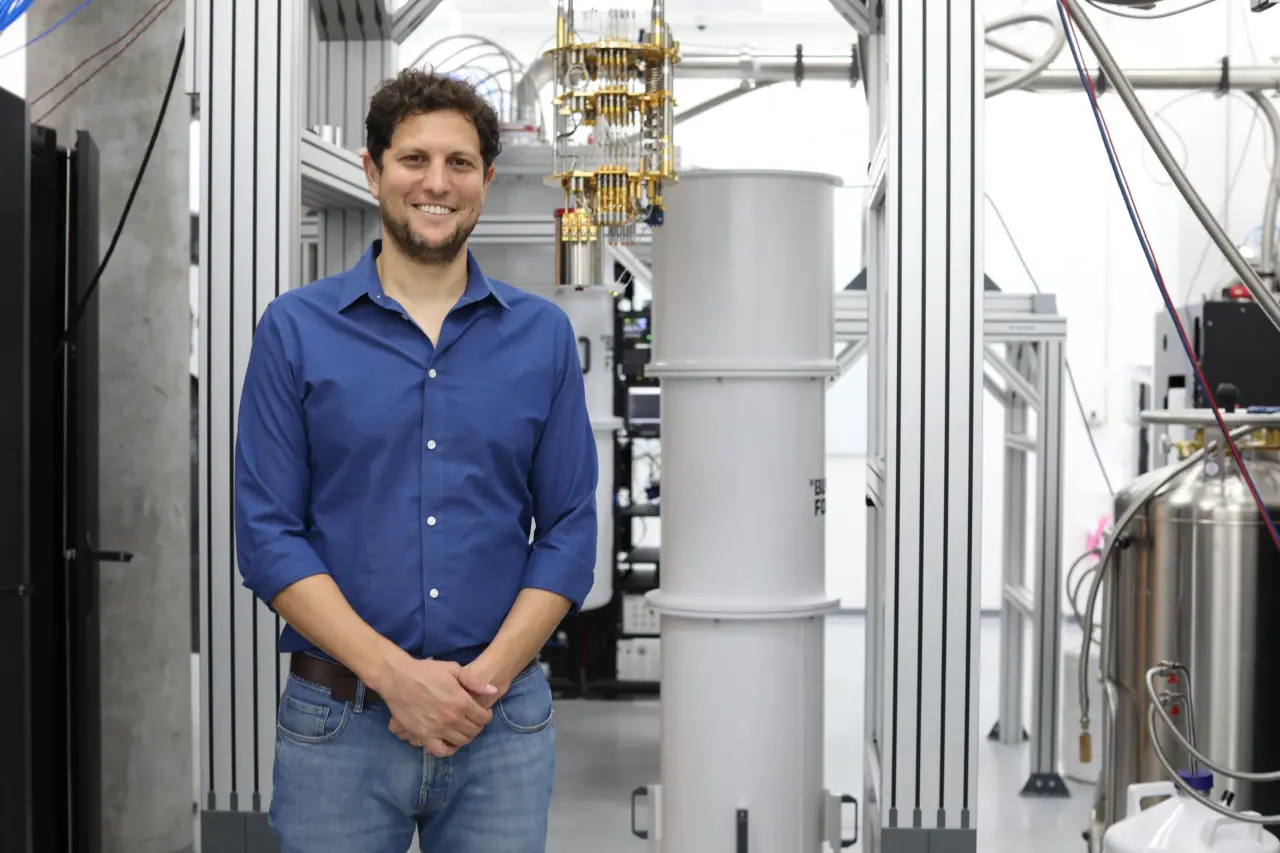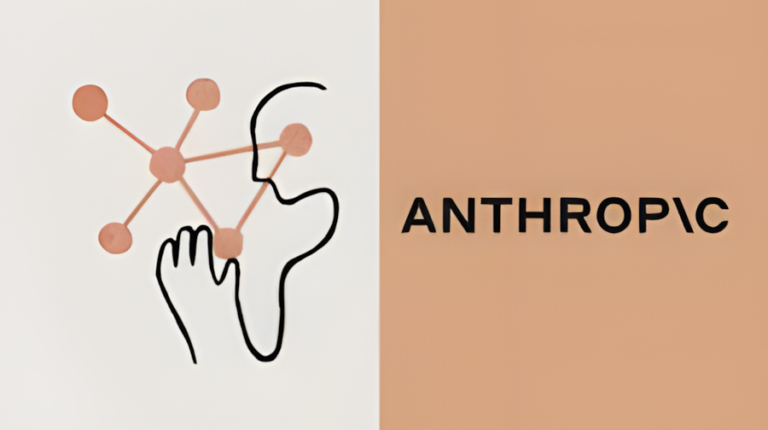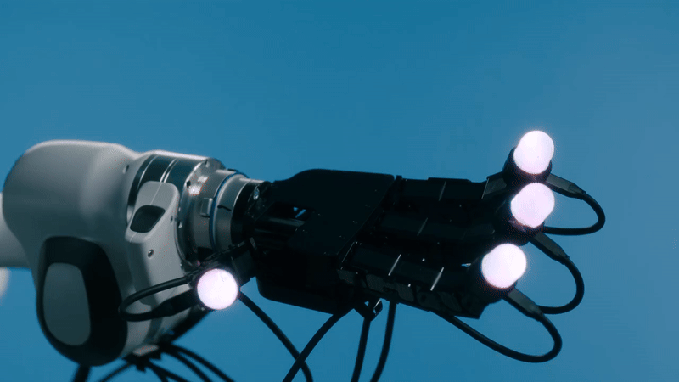Quantum Leap: How Quantum Machines & Nvidia Are Paving the Way for Error-Free Quantum Computing
About 18 months ago, quantum control startup Quantum Machines and Nvidia announced a strategic partnership combining Nvidia’s DGX Quantum platform with Quantum Machines’ advanced quantum control hardware. After a period of limited updates, this collaboration is now delivering results, pushing the industry closer to achieving an error-corrected quantum computer.
Earlier this year, the companies showcased their success in using a standard reinforcement learning model on Nvidia’s DGX platform to improve qubit control and system calibration on a Rigetti quantum chip. Quantum Machines’ CTO, Yonatan Cohen, highlighted the company’s vision of leveraging classical compute engines for quantum processor control. While previous engines were limited in power, Nvidia’s DGX platform offers immense computational capabilities. The ultimate goal remains quantum error correction, though this initial focus was on calibrating “π pulses” that control qubit rotation.

A quantum Computer Image Credits: Quantum Machines
Calibration might seem straightforward, but it’s not a one-time fix. Quantum computer performance can drift, affecting fidelity. Regular recalibration with advanced techniques and hardware helps maintain high fidelity, which is crucial for effective quantum error correction. Cohen noted that frequent recalibration could significantly enhance performance.
Adjusting pulses in near real time is complex and compute-heavy. Nvidia’s Sam Stanwyck explained that problems like quantum error correction are bottlenecks requiring immense computing power. Before DGX Quantum, achieving minimal latency for such tasks wasn’t possible.
Even minor calibration improvements can greatly impact error correction. Quantum Machines Product Manager Ramon Szmuk pointed out that a 10% improvement in calibration yields exponentially better results in logical qubit performance, motivating fast and precise calibration.
This project is just the beginning. The teams used existing algorithms, choosing TD3 as the most effective. The experiment’s code spanned only 150 lines, benefiting from the integration work between the teams. Future plans include developing open-source libraries to simplify platform usage for developers. Although this project used a basic quantum circuit, Szmuk stated that these methods can scale to complex circuits with many qubits and gates.
Stanwyck emphasized that while this step is small, it’s a vital move toward addressing quantum computing challenges. Integration of supercomputing with quantum systems is essential and difficult but crucial for progress. The collaboration will continue, with Nvidia’s upcoming Blackwell chips promising even more powerful platforms to enhance these efforts.





